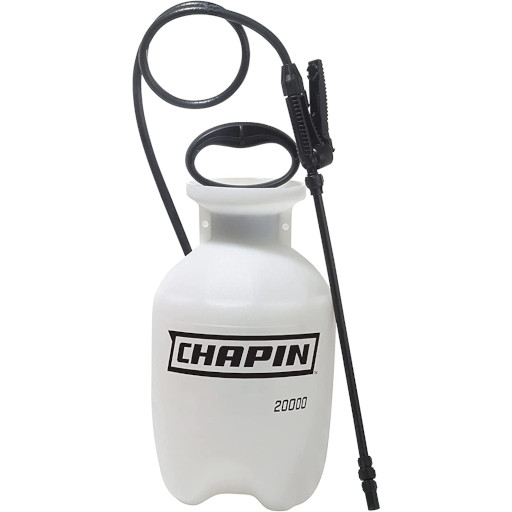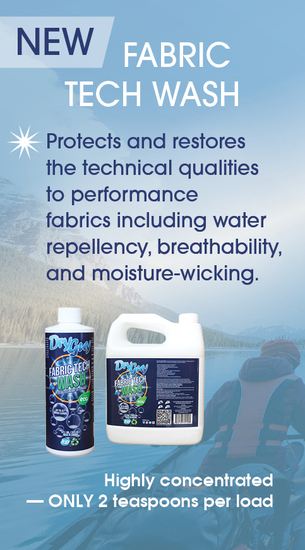We often receive inquiries regarding the best sprayer to use with our concentrated waterproof solution, especially for large-scale projects like glamping tents, awnings, and horse blankets. Our concentrated waterproofing solution requires dilution, with one part concentrate to three parts water. For instance, if you want to mix the entire solution, a 16-ounce bottle of concentrate would yield 48 ounces.
Pump sprayers are an affordable and effective method for applying waterproofing agents to medium to large areas. However, with the abundance of sprayer shapes, sizes, and brands available, choosing the right one for your task can be challenging. To simplify the selection process, we conducted tests on the top pump sprayers available and gathered valuable insights. Our aim was to cut through the marketing hype and identify sprayers made from high-quality materials that can withstand repeated use. We also wanted to determine which models resisted clogging and featured reliable pump compression.
Here are a few key considerations we took into account when making our decisions:
Pump Style:
Pump sprayers operate using either a manual piston system or a battery-powered pump. Manual piston sprayers require the user to manually pump a large handle to pressurize the tank. This pressure propels the liquid out of the nozzle when the trigger is pulled. Over time, as the pump operates, the pressure decreases, necessitating periodic pumping to maintain pressure. Battery-powered sprayers, on the other hand, employ a small electric motor to create pressure in the tank, eliminating the need for manual pumping.
Size and Tank Capacity:
Pump sprayers come in various wand lengths and tank sizes. Wand length is important when applying pesticides, fertilizers, or other chemicals that can be harmful if they come into contact with eyes or skin. Most pump sprayers have wands ranging from 18 to 22 inches in length.
Tank capacity determines the duration of operation before a refill is needed. Smaller one-hand sprayers typically have a capacity of around ¾ gallon, while handheld sprayers can hold up to 2 gallons. Backpack and wheeled sprayers feature larger tank sizes ranging from 3 to 6 gallons.
Material:
Pump sprayer materials should possess sufficient strength to withstand the chemicals they contain, while also being lightweight enough for easy handling. Many pump sprayer basins are constructed from heavy-duty plastic, while the wands feature brass, aluminum, or stainless steel nozzles. Some models even incorporate stainless steel tanks for enhanced durability. While sprayers with plastic nozzles may be more affordable, brass and stainless steel offer superior durability and are less prone to cracking, rusting, or corroding.
Weight:
Considering that the user needs to maneuver the pump sprayer around the intended area, weight becomes a crucial factor. The majority of the sprayer's weight is contributed by the liquid chemicals in the basin. A quart of liquid weighs slightly over 2 pounds, while a gallon weighs a little more than 8 pounds. To determine the overall weight of the pump sprayer, add the empty weight of the sprayer to its maximum capacity.
Handheld sprayers are the lightest, weighing around 5 pounds when empty. Backpack sprayers are heavier at approximately 12 pounds, and wheeled sprayers are the heaviest, weighing around 15 pounds.
Nozzle:
The nozzle plays a significant role in determining the spray pattern and output volume of the pump sprayer. Most sprayers feature adjustable nozzles that can modify the spray pattern from a broad fan to a narrow stream by turning them clockwise or counterclockwise. Additionally, many sprayers include multiple interchangeable nozzles to accommodate different types of applications. These typically include a foaming nozzle, an adjustable nozzle, and fan nozzles with varying widths.
Maintenance:
Most pump sprayers are designed to handle a variety of tasks such as weed control, lawn fertilization, and pest control, requiring periodic refilling. Some sprayers are equipped with manual or automatic pressure regulators to prevent over-pressurization, which can lead to leaks or chemical spray when the lid is opened. Users should also clean the spray assembly periodically to prevent clogging.
Our Top Picks: Based on our evaluations, we recommend the following pump sprayers or something similar:
CHAPIN 20000 Garden Sprayer 1 Gallon Lawn
Chapin 1002 48-Ounce Hand Held Plastic Sprayer with Adjustable Nozzle
However, please note that similar sprayers from different brands are likely to function similarly, so there is no need for concern if you need to source a different brand for your specific task.



















Comments